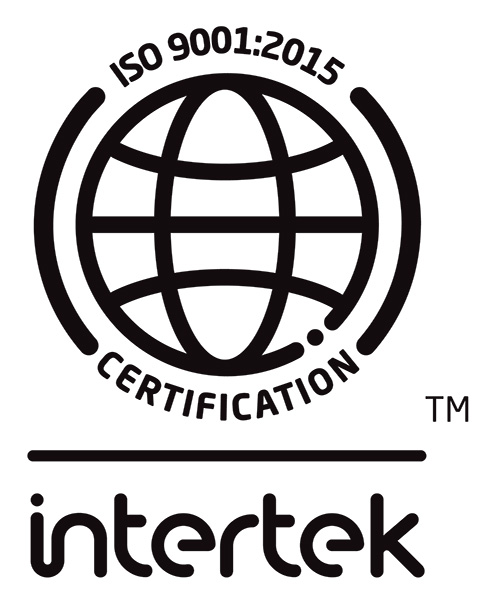The goal of the Human Pathogens and Toxins Act (HPTA) is “to establish a safety and security regime to protect the health and safety of the public against the risks posed by human pathogens and toxins”
The HPTA, together with the Human Pathogens and Toxins Regulations (HPTR) and the Canadian Biosafety Standards are now the main components of a safety program created by the Public Health Agency of Canada (PHAC) to address safety issues related to accidental or deliberate release of toxins and/or pathogens.
Although the HPTA was ratified by the Parliament of Canada in 2009, it came into full force on December1, 2015. This means that any organization or individual conducting specified activities with human pathogens and toxins including: possessing, handling, using, producing, storing, permitting any person access, transferring, importing, exporting, releasing, abandoning, or disposing of a human pathogen or toxin need to apply for a licence under the (HPTA).
During the last few months, CMPT has been reminding participant laboratories to apply for their HPTA licence, as failure to do so would prevent CMPT from sending the Proficiency Testing surveys.
Under the HPTR section 2 Licences point 4 Conditions of licences:
“(c) a person who intends to transfer a human pathogen or toxin must, before the transfer, take reasonable care to be satisfied of the following:
(i) that the intended recipient is exempt from the requirement to hold a licence, or
(ii) that the intended recipient will conduct controlled activities in relation to that human pathogen or toxin in a facility that is set out in a licence that authorizes those controlled activities with respect to that human pathogen or toxin;”

What does it all mean?
Your lab needs to have a licence, under the HPTA, to be able to work with Risk 2 or higher organisms, as well as, to receive, and to transfer these organisms from and to other laboratories.
In addition to the licence, your lab will have to adhere to a series of regulations and controls outlined in the above mentioned documents.
As we go through these regulations in the next few issues of CMPT’s Newsletter, we will talk about how these regulations will impact the daily lives of Canadian microbiology labs.
“This Act does not apply to
(a) a human pathogen or toxin that is in an environment in which it naturally occurs if it has not been cultivated or intentionally collected or extracted, including a human pathogen or toxin that
(i) is in or on a human suffering from a disease caused by that human pathogen or toxin,
(ii) has been expelled by a human suffering from a disease caused by that human pathogen or toxin, or
(iii) is in or on a cadaver, a body part or other human remains; or
(b) a drug in dosage form whose sale is permitted or otherwise authorized under the Food and Drugs Act or a human pathogen or toxin contained in such a drug.”




